
Current Exhibition
28 JANUARY – 8 APRIL 2023
A solo exhibition by internationally acclaimed artist Bruno Zupan.
BRUNO ZUPAN celebrates the Earth in each of his paintings and has spent his life in the pursuit of light. His vibrant colors and spontaneous brushwork capture fleeting moments of light in such a way that the viewer feels present at the scene as his brush flies across the canvas.
He has traveled around the earth and explored cities and beaches, mountains, rivers and pastures – winter, night and day, spring and summer. From the golden warmth of a Venetian sunset to the sparkling city lights of Boston, he captures the varied, yet simple manifestations of its beauty.
Learn more

Past Exhibition
October 2022-January 2023
The exhibition depicts scenes and artifacts from the Hungarian Revolution of 1956 against the Soviet Union. Over a span of thirteen days, from mid-October to early November, the world watched as the people of Hungary rose up in an attempt to overthrow the oppressive Soviet regime. While the Revolution of 1956 was defeated, it set the stage for a number of similar uprisings against oppression throughout eastern Europe in the decades since, and its goal of a free and independent Hungary would finally come to fruition in 1989. A statue of a female freedom fighter, Erika Szeles, a 15-year-old soldier and nurse who lost her life in the fighting, has found a permanent base in the museum’s park.
Recent additions to the exhibition go on to discuss the Prague Spring of 1968-1969, as well as the Solidarity Movement in Poland in 1980-1981, both against the oppressive government of the Soviet Union and its satellite regimes in those nations. The ideals of both the Prague Spring and Solidarity would ultimately inspire the reformationist policies of glasnost and perestroika advocated by Soviet premier Mikhail Gorbachev, which ultimately led to the fall of the Berlin Wall and the collapse of the Soviet Union in 1991.
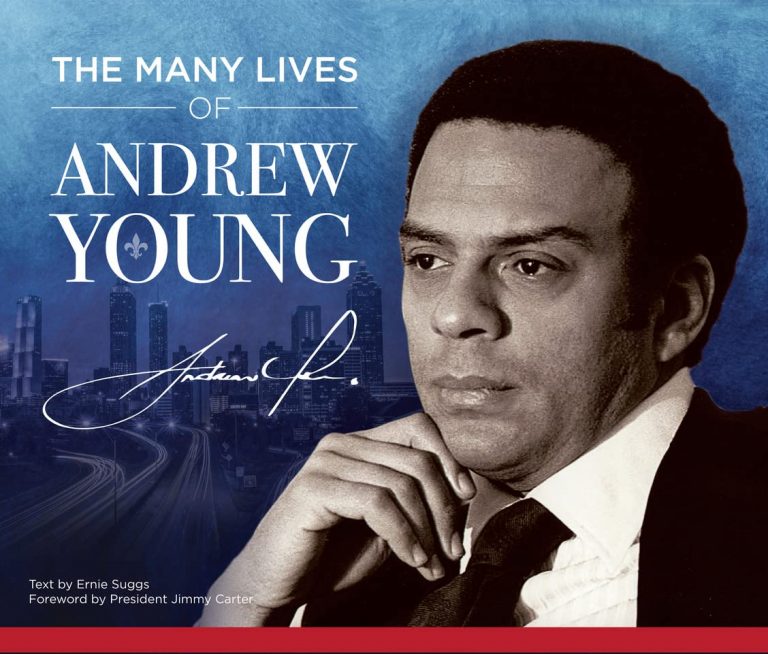
Past Exhibition
March, 2022 – October, 2022)
The exhibition “The Many Lives of Andrew Young” tells the inspiring story of pastor, civil rights activist, congressman, UN ambassador, mayor, philanthropist, and American hero Andrew J. Young, Jr. Its narrative begins in New Orleans, LA and follows Young across the nation and the world. This exhibition is drawn from the ambassador’s own words, transcribed and summarized from interviews conducted by AJC reporter Ernie Suggs, along with imagery from the ambassador’s papers collection, among other sources, which was laid out by Donald Edward Bermudez of A Studio Named Bermudez.
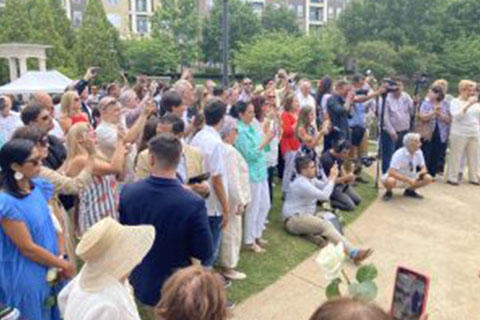

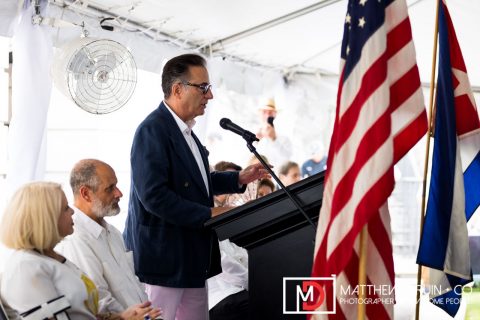
Past Exhibition
June 26, 2021 – March 5, 2022
One of Cuba’s greatest national heroes and liberators is José Julián Martí Pérez. He was a poet, philosopher, and political theorist, and his works were critical to inspiring the Cuban Revolution against the Spanish Empire in the late nineteenth century. While he would not survive the revolution, having been killed during the Battle of Dos Rios in 1895, he is today regarded as the “Apostle of Cuban Independence.” As a writer, the ideals of liberty and democracy are common themes in his works, which would become a critical element of Cuban political theory. The Millennium Gate Museum is honored to have a bust of Jose Martí, commissioned by the Martí Historical Society and created by sculptor Alejandro Aguilera, on permanent display on our grounds, in honor of Cuban history and the Cuban-American communities in Atlanta and all across the nation.



Past Exhibition
June 26, 2021 – March 5, 2022)
Michelle Trunzo was a Cuban-American artist best known for her paintings of tropical Cuban landscapes, roses, and later architecture and portraits. She began her journey as an artist at the age of seven when her father hired a French painter to teach her the specific skills of composition, intensity, and shade. Due to her involvement in the rebellion against the Batista government, in 1957, at the age of 24, she fled to the United States for the fear she would be killed if she remained in Cuba. Throughout the decades, she painted many Cuban beach scenes, various types and colors of roses, other Cuban landscapes, and eventually also Cuban architecture. She also generated works in the styles of abstract expressionism, impressionism, and portraiture. Michelle has amassed over twenty series of artwork, which total over three hundred and sixty paintings.
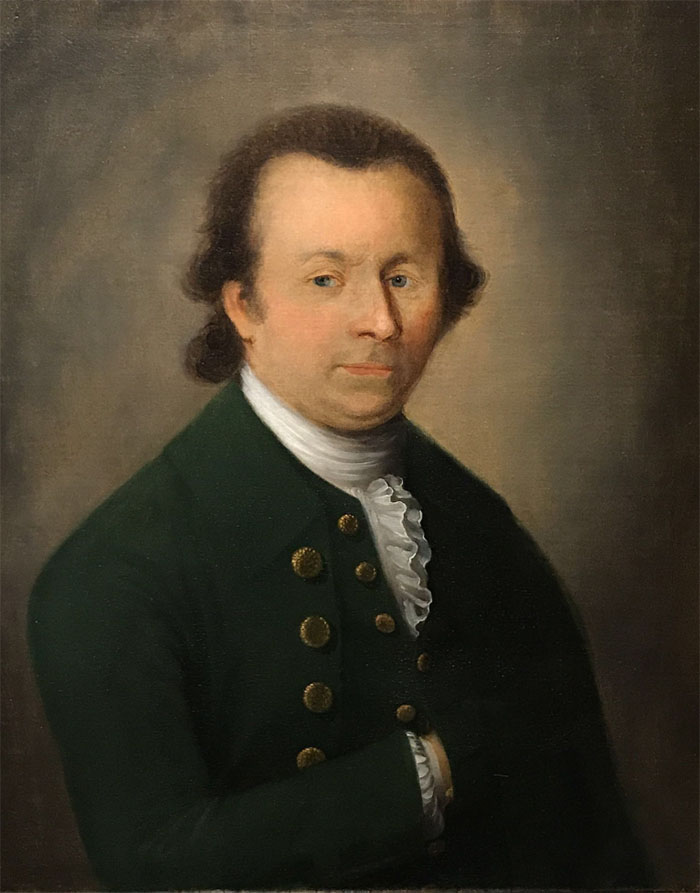
Past Exhibition
December 8, 2017 – June 2, 2018)
In early 2016, we began the process of verifying the provenance of a colonial portrait we thought may be among the first Governors of Georgia, Button Gwinnett, for William Fickling. While this alone was an exciting project, it was made even more important as this work is likely the only portrait done of the Governor while he was living in the United States. With the help of expert restorer Rustin Levenson, her team at ArtCare, and the Georgia Bureau of Investigation, we thoroughly examined the identity of the person in the portrait, concluding that this likeness almost certainly depicts the true face of Governor Gwinnett. The exhibition featured the now famous Fickling portrait as well as Governor Gwinnett’s bed from Saint Catherines Island and other late-18th and early-19th century Georgian furniture, recreating his bedroom from the Old Bosomworth Plantation. We are excited to present this exhibition alongside our permanent collection period room depicting the Midway, Georgia, study of fellow signer, Lyman Hall.

Past Exhibition
August 20, 2016 – January 2, 2017)
In celebration of the 20th anniversary of the Atlanta Centennial Olympic Games and in collaboration with Hearst Castle, California, the Michael C. Carlos Museum, and Oglethorpe University, The Games: Ancient Olympia to Atlanta to Rio featured Ancient Greek artifacts, many of which exceed 2,500 years of age, which tell the history of the Olympic Games and Ancient Olympia, athletic competition, and Greek mythology and politics. We also examine the impact the modern Olympics had on the built environment of Atlanta, and will have on the next host city, Rio de Janeiro. The modern Olympic Games began in 1896 in Athens, Greece, and quickly grew in size and importance. The Centennial Olympic Games, hosted by Atlanta, Georgia in 1996 had an enormous impact upon the built environment of the city. Buildings, parks, and transportation infrastructure were constructed, and the regional economy grew. When the eyes of the world fell on Atlanta in July 1996 the city was prepared and successfully showcased its arrival as an important international metropolis on the world stage. To this day, Olympic monuments still grace the city including Centennial Olympic Park, Turner Field, and the Prince of Wales’s World Athlete’s Monument owned by the National Monuments Foundation and Millennium Gate Museum.

Past Exhibition
July 31- October 18, 2015)
I-Hsiung Ju was born in 1923 in Jiangyin, Jiangsu, China. He is considered one of a few artists able to blend two worlds of style, technique, and idiom to produce a unique form of painting that is both modern and traditionally Oriental. Ju is famous for saying “a Chinese artist is not only a painter, but also a poet and a philosopher.” He is an author of several painting textbooks and numerous papers on Chinese art. During his life, he did what he loved, creating and teaching painting. A poet and philosopher, his paintings are lessons in living a fulfilled life and appreciation of the majesty of nature. Ju is revered in Taiwan and the Philippines and his works hang in their national museums. I-Hsiung died on March 17, 2012. The works of I-Hsiung Ju show the refinements and delicate strokes of Chinese calligraphy. Ju’s brush has a fascinating disciplined freedom; one can see its sure and firm movements accomplishing silk thread-thin lines to luxuriant swaths of ink, creating infinite variation of shapes, and producing different shades and tints in a single stroke.
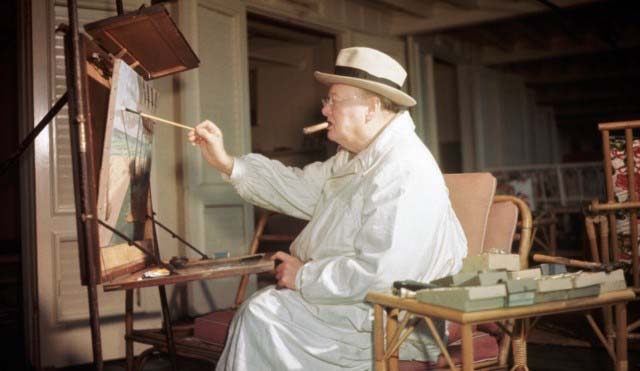
Past Exhibition
August 2, 2014 – July 26, 2015)
The Art of Diplomacy: Winston Churchill and the Pursuit of Painting displayed more than 30 paintings by Winston Churchill, many of which have never before been publicly exhibited, and examined the notion that painting may have helped save Western civilization. Although a hobby, Churchill wrote of the effect that it had on him personally and professionally. At the beginning in 1915, painting literally pulled Churchill out of his darkest political days and set him on his journey towards his finest hour. It was painting, he said, that helped him cope with the stress and strain of his political life, and allowed him to be productive as he developed his thinking about the rising danger of Hitler and Germany. In addition, Churchill found that the skills he learned from painting made his leadership more effective and he used his painter’s eye to achieve his political and diplomatic goals.

On March 28, 2014 Georgia commemorated the 40th anniversary of consular relations with the nation of Japan. To commemorate the event, the Millennium Gate Museum planted 40 Somei-Yoshino cherry trees around the park at the museum and hosted dozens of Japanese arts and culture organizations.
Official relations between Japan and Georgia were first inaugurated in 1973 with the establishment of a Georgia State Department of Industry, Trade and Tourism office in Tokyo under Governor Jimmy Carter. The opening of the Consulate General of Japan in Atlanta in 1974 offered a major boost in bilateral political relations. The cherry tree symbolizes friendship, the renewal of spring, and is the symbol of Japanese-American relations. Washington’s Tidal Basin is ringed with the tree as a gift of friendship from Japan in 1912.
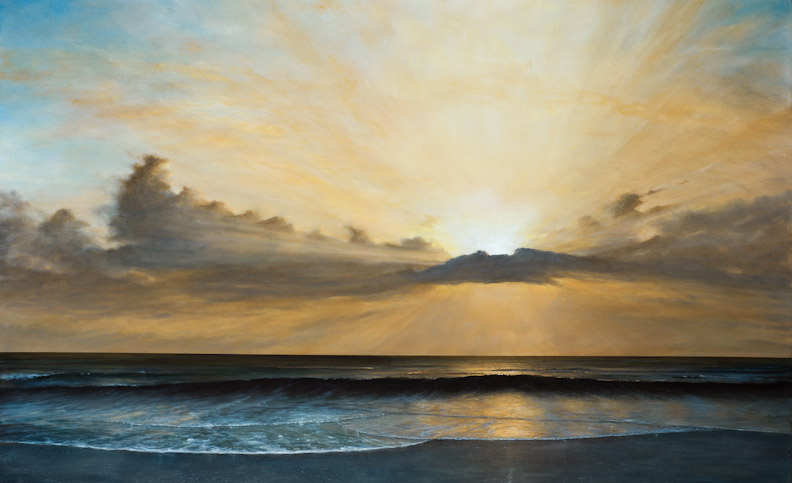
Architects are often artists too. Hello Frank Lloyd Wright, Richard Meier, Naguchi, Gaudi and John Portman to name a few. Atlanta architect Peter Polites has painted for 50 years. In a solo exhibition titled WAVES: New Paintings by Peter Polites, 20 ocean and marsh landscapes are presented, inspired by growing up in Savannah surrounded by classical old world beauty. Polites earned a Bachelor of Architecture degree from the Georgia Institute of Technology in 1972. He apprenticed with John Portman & Associates for four years then joined the staff of Cooper Carry for 10 years, both prominent architectural firms in Atlanta. In 1985 he founded Polites & Associates and has designed hundreds of homes, office buildings and interiors of luxury condos.

Transcending Vision: American Impressionism 1870–1940 explores both the dissemination of Impressionism from its French roots into the American idiom and its reinterpretation of American landscape painting. The more than 50 important masterpieces in the exhibition, by a diverse group of artists such as Childe Hassam, Arthur Wesley Dow, Robert Spencer and others, trace not only the development of Impressionism in the United States but also the development of a truly American style of painting. Members of the first generation of American painters to absorb the technique, brighter palette, and subject matter of impressionism from their French counterparts. These artists, considered rebellious in their time, painted atmospheric landscapes, park, and beach scenes, urban views, and charming interiors, with particular interest in optical effects, light, and the different seasons.
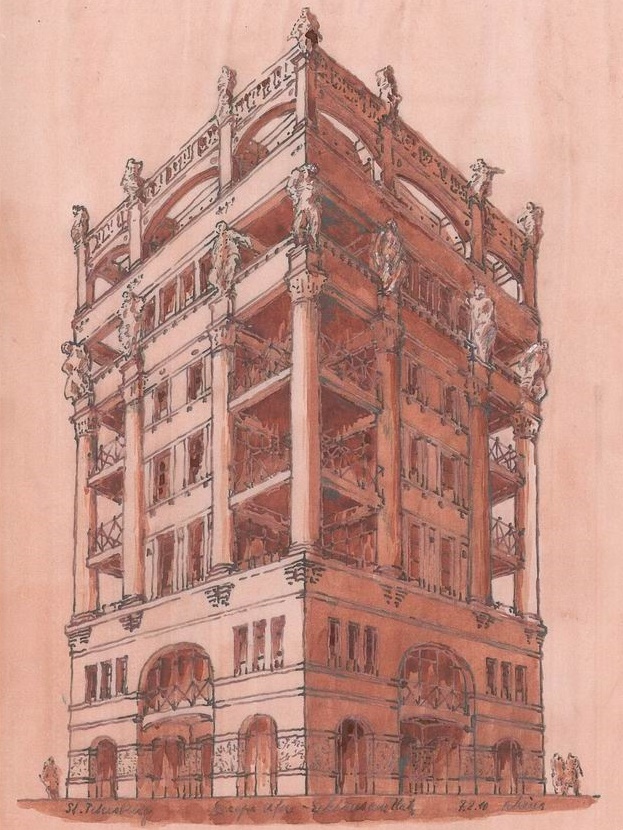
Rob and Leon Krier have influenced architecture and urbanism for the past 30 years. Born in Luxembourg, the brothers witnessed their hometown devastated by poor planning decisions and low-grade buildings. This lead them to study the root causes of non-contextual developments embracing the principles and techniques of traditional architecture and urbanism, thereby rescuing the landscape, town-scape and civic life of our nation from the failed experiment of a drive-in utopia. Leon Krier is considered by many the intellectual godfather of the New Urbanism movement in America.